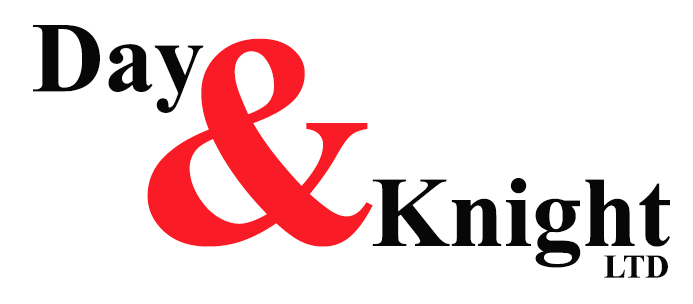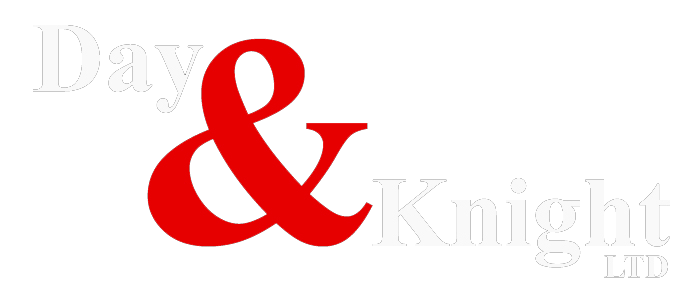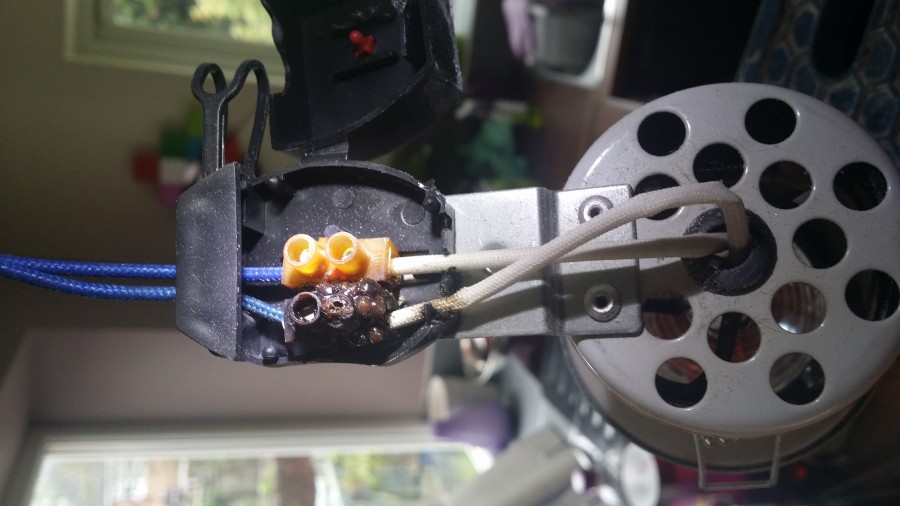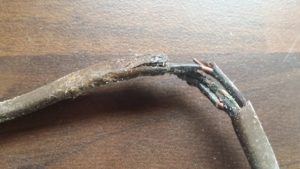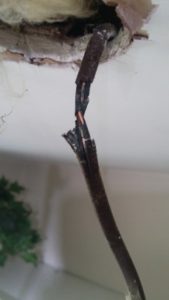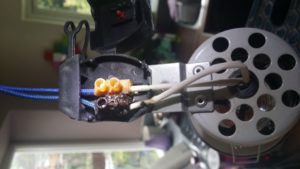Q. What happens when your celling down lights overheat? Danger!
A. There is a risk of fire.
On a recent job in Stafford I was called by Mr Cox to find out why his kitchen down lights were tripping the power in the fuse board.
I soon realised the 50 watt low voltage down lights were fitted in a flat roof and surrounded by insulation, there was no where for the heat to escape so the cable started to heat up, dry out, and could become brittle if left like this they could potentially eventually melt and cause a fire.
Down lights overheating? It can be fixed:
Down lights overheating can easily be solved by fitting 230v fire rated down lights with 5 watt LED lamps.
Call now if you are in any doubt on 07792 913566 or 01785 661199 and ask for Dave
What lights do you use at home?
I’m 100% LED now – even my fridge light is LED. You don’t need to go that far – I’m a little obsessed! It has taken me a couple of years of learning to get it right.
The most important lesson has been light ‘temperature’. This is measured in Kelvin (you’ll find it on the packet of any light bulb). I like a warm white, much like the old-fashioned tungsten bulbs. This is about 2700 Kelvin (K).
It’s interesting that folks from colder climates tend to favour a warm light, while folks from hotter climates prefer something more white or blue. Now I understand the colour I like, I generally get the right bulb each time.
One of the reasons I switched to LED is that I have solar panels on my roof, which contribute to the electricity demand of my house during the day. However after I bought a real-time energy meter I quickly learned that I was using a crazy amount of electricity at night – when my panels don’t help. With a bit of investigation I realised my lighting was drawing a lot of electricity. But my electricity bill for my three-bedroom house is now £7 a month, and upgrading my lighting played a big role in that. Even if you don’t have solar panels, lighting uses a lot of power. The good news is, it’s one of the easiest things to change.
Knowing which colour you like is important.
My personal preference is for 2700. A nice warm light.
http://www.theguardian.com/lifeandstyle/2014/mar/28/led-lights-information
